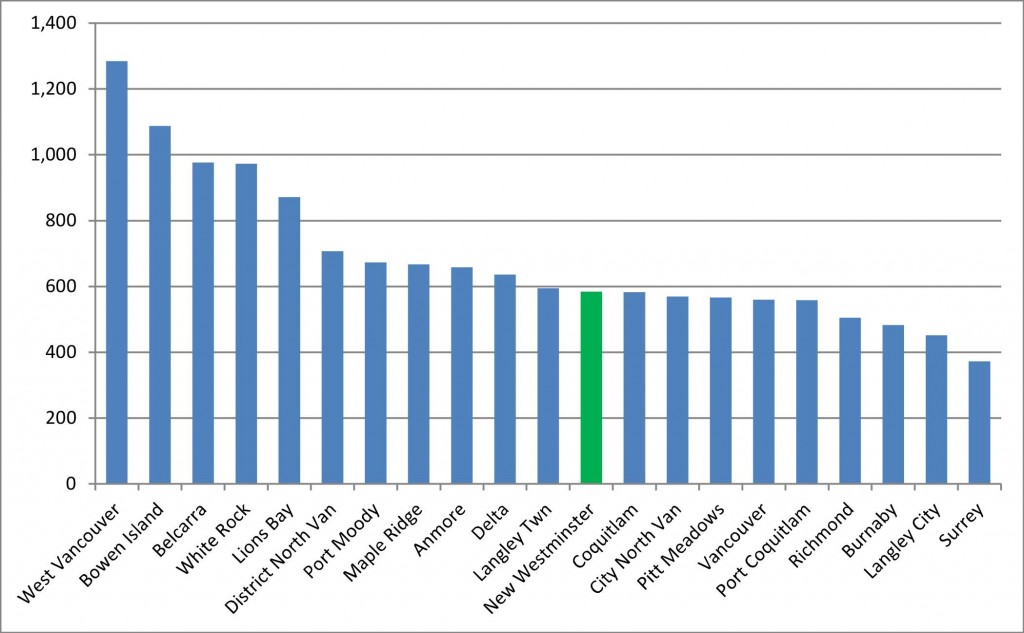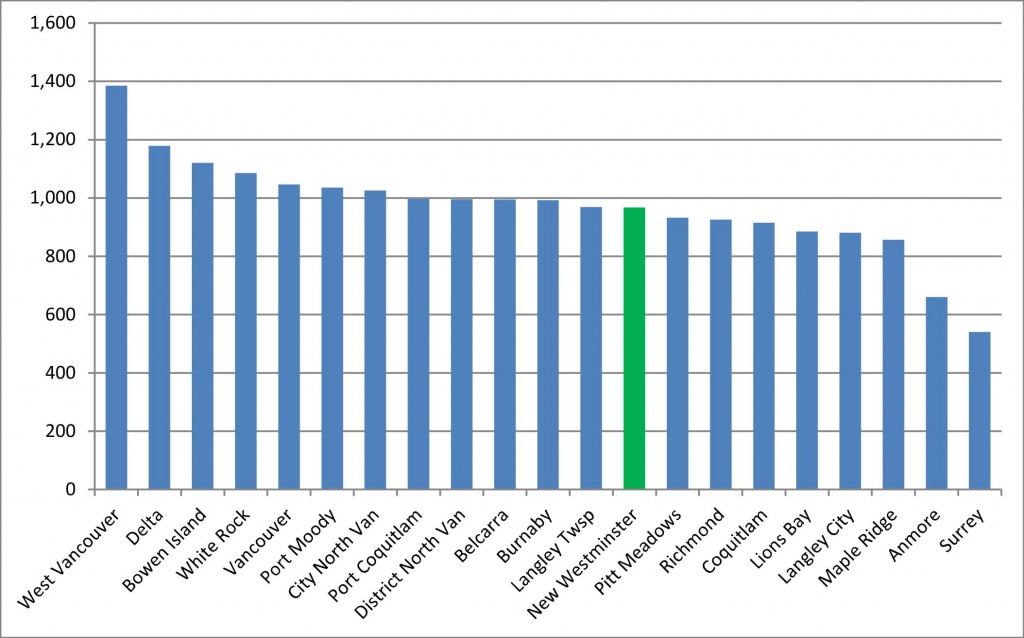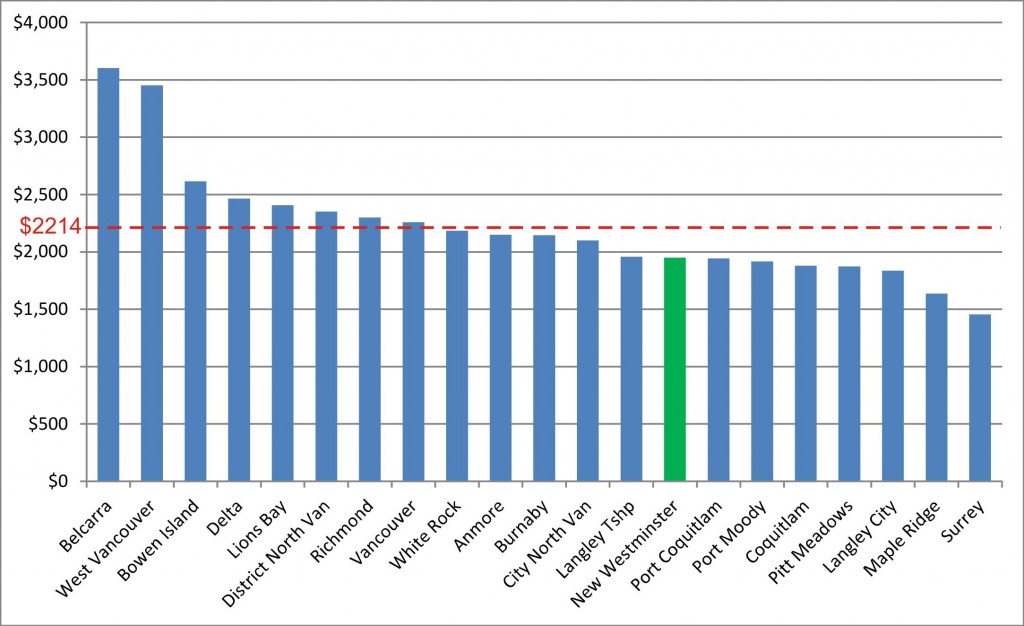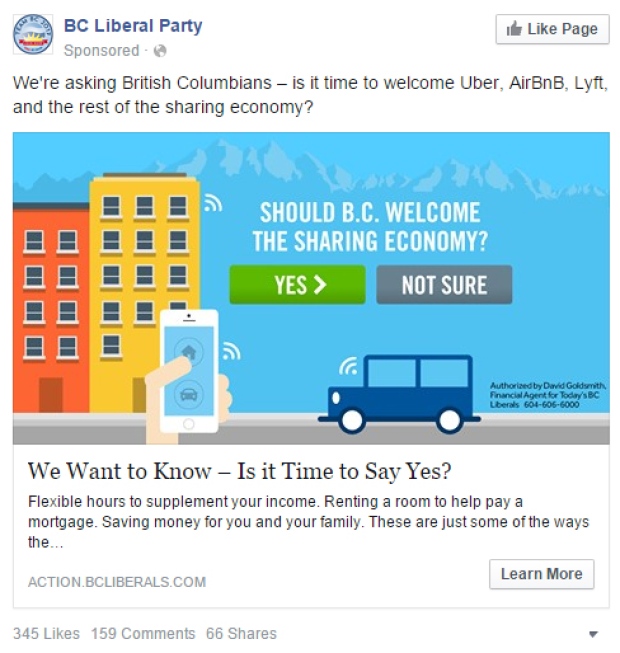This week’s council agenda was not a long one, but we covered two topics that are a big deal for a lot of volunteers in the City, and quite a bit more.
The following items were moved on Consent:
Recruitment 2016: Committee Appointments
This is the best of reports, and the worst of reports. Pretty much every Committee and Commission has more applicants than spaces available, and sometimes many more. It is hard to balance refreshing the committees with a few new faces and keeping the people who have contributed in previous years in order to maintain some continuity. However, it always means saying “no” to many excellent applicants and many valuable contributors to the previous committees.
So if you applied and got selected, congratulations, and recognize that there were others who applied who were not chosen, so please come to the committee with an open mind, a strong voice, and a willingness to contribute. For those who were not chosen, please do again next year! We would choose you all if we could, but Terms of Reference need to be respected and in my experience, a too-large committee gets ungainly and reduces the opportunity for individual members to have meaningful input.
Here is the list of the selectees, thank you all for your applications. Let’s get some things done in 2016!
Amendments to Terms of Reference for 2016
A couple of the Committees did have a one-time extension of the terms of reference in order to accommodate a few extra members, mostly because of unique skill sets that would serve the Committee’s mandate well and the desires of the chairs of those committees.
Community Heritage Commission Amendment Bylaw No. 7808, 2015
This is subtle adjustment of the Terms of Reference of the Heritage Commission so that membership can be split into offset two-year terms to allow overlapping terms and create continuity on the Commission.
Report on Major Purchasing Transactions for the Period September 1
to December 31, 2015
This is the ternary report on the things the City bought and paid for in the last 4-month period, which allows us to track if we are hitting or missing our budgets. It also provides a bit of Council (and in turn, public) oversight to the procurement process, and is actually an interesting read if you wonder what your taxes are spent on, and why.
Municipal Security Issuing Resolution #7528 and Loan Authorization Bylaw
No. 7528, 2012
The City passed a Bylaw back in 2012 authorizing us to borrow $59 Million for various purposes, including work on the Anvil Centre and numerous roads, parks, and engineering projects ongoing in the City. In the end, the City was conservative in their borrowing and careful with their spending commitments, and only borrowed $23.5 Million, less than half what was authorized.
Of that $23.5 Million we borrowed, $11 Million is within our 5-year plan to be paid back, which classifies it as “short term borrowing”. The balance will not be paid back until after 5 years, and therefore staff require authorization to borrow $12.5 Million over the long term from the Municipal Finance Authority. This is not new borrowing, just proper accounting for previous borrowing, as the legislations requires of us.
The following items were removed form the Consent agenda:
Draft (EHCC) Roadmap for Council’s Consideration
We had a report on the one of this Council’s priority projects, turning the planned re-development and expansion of Royal Columbian Hospital into an economic driver for the entire City. This means assuring the expansion supports the economic development of the Sapperton neighbourhood, while we manage issues like parking, traffic, and development of commercial areas like the last phases of the Brewery District to best protect the livability and viability of the neighbourhood.
We can leverage multiple advantages – the proposed District Energy Utility, the proposed dark fibre that will form the backbone of our Intelligent City Initiative, and the potential for renewal of the Rousseau Triangle, the Braid Industrial Area, Sapperton Green and even some underperforming parts of East Columbia. At least that’s the hope.
Like the rest of the City, Transportation is a challenge in this area, and internal connectivity is the most pressing issue. We need people to be able to move around in the neighbourhood safely and comfortably as a first priority. East Columbia cannot accommodate more vehicle through-put if it will be a great street at the centre of this economic cluster and a fully accessible safe pedestrian realm. It needs to be That connects the Hospital to the parks and businesses like an open mall, and the pedestrian movement through the Hospital Campus is a major part of that.
We las need to connect the Rousseau Triangle to the hospital site and East Columbia with a similar concern for safe, comfortable pedestrian travel. And we need to make it safe to cross Brunette and the railroad tracks in order to connect the Braid Industrial Area to the rest of our community. Currently, there is a 1.3km stretch of Brunette – from Debeck to Braid – where no person can safely cross the road or tracks. That is a huge barrier slashing right through the middle of our City that is killing the value of the land and the opportunity for better land use on both sides.
So these are some of the challenges, but the opportunities are big, and we need to assure we have the pieces in place to make the best plans viable. Council moved to receive the roadmap outlined in the report.
2016 Festival Grant Recommendations
The City is still working on the process to grant both cash and “in kind donations” (City expenses for things like engineering help and policing that the City pays on their behalf) to organizations across the City who put on festival type events.
Last year, the city granted $188,000 in combined cash and in kind to the organizations. This year’s budget was increased to $210,000 and we received requests for $341,000. The festival committee reviewed the requests and recommended increasing the grant budget to $272,000.
There are two items that are appearing on these requests for the first time, which we had previously paid for out of other City budgets, and are only moving over to the Festival Grant budget to make it more transparent what we are spending. Those are the $36,000 the City provides for May Day events, and the $21,000 we provided for support services around the Hyack float. So that $57,000 is not new spending, but just moving columns in the budget.
I share some of concerns of other councilors about ever-expanding budgets for festivals, and I’m a guy who loves festivals. I would love if we could open our streets more in the summer and have an event happening every weekend to get people to spend time together celebrating our City. It would be a huge boost for the City and for the businesses. But it costs us $20,000 to open a street for a day, and we need to assure that brings us value.
I liked where the Mayor was going in his comments (at the risk of putting words in his mouth here), in that we need to better separate the costs related to opening a street (and granted through this process in kind) and the actual cash we give some festival organizers. The former (in kind costs) we should be doing on the basis of whether we think the festival is a benefit to the community consummate with those costs. The latter (support cash) should be used to provide the smaller organizers with less access to sponsor money some vital but modest support, and possibly providing some seed money to help with the start-up of larger events, with the intent that those larger organizers build sponsorship capacity and move away from relying on City cash to be successful.
We will be having further discussion about this in the year ahead, and will hopefully tune the process a bit for the 2017 granting window, but the organizers for 2016 have been waiting a long time for Council to move on this issue, and the Festival Committee has done a good job, so I was happy to move their recommendation.
Transportation Section Work Plan for 2016
The City’s Engineering Department is working on implementation of the Master Transportation Plan, and have provided a report on the progress so far, and the plan for what parts of the MTP will be implemented or initiated in the next 4 quarters.
The targets are good ones, and reflect progress towards making our MTP successful. This is a transportation strategy that serves the livability of the community first. The goals are to make the Streets and sidewalks safer for all users, to encourage lower-carbon and more sustainable transportation options, and to protect our neighbourhoods while reducing the cost of maintaining our roads.
Some of these things seem small, but make a big difference in how accessible our community is, such as out commitments to prioritize curb cuts, sidewalk expansion and making every bus stop accessible. We are steadily working on improving the greenway network by identifying the gaps or barriers that need to be linked up. We have at ACTBiPed been talking a lot recently about downtown, and how to make the hills less challenging through connecting favourable lower-grade pieces of road.
But these are the things you see, what you don’t see is a bunch of the work that is being done to review how traffic signal timing operates in the City, reviewing how we collect and share traffic data, or the corridor and parking studies we are doing in different parts of the City. And we are working with our regional partners, TransLink on Pattullo plans, Coquitlam and the Ministry of Transportation on the Brunette overpass improvements, BC Trucking Association and the region’s mayors on major transportation funding and things like tolling policy.
It is an exciting and busy time! But consistently, transportation is the #1 issue in New Westminster, and will be for years to come, because the overall congestion problem is regional and the solutions rely on us working together.
2016 City Partnership Grant – Update
It’s no secret I am a big fan of the Royal City Farmers Market. Not just because it is a great way to access fresh local food, or because if creates a community get-together every time it runs where connections are made, but because the enterprise from the start has operated not just as a not-for-profit, but as a social profit. It cranks so much back into the community, working with the schools, Family Services, Seniors Services, Arts Council, Spirit of the Children, etc. etc. They contribute so much to the fabric of the City, and they do it with intention. All this ,and I get to give my money every week to the local person making the food I am buying, which is incredible in today’s consumer world. Council has discussed some ideas to reduce the in-kind costs the Market is paying to make it more sustainable, and these will be coming back to Council next meeting.
The second partnership is for ACORN to run tax return assistance programs for low income people with barriers to help. This is one of those things I feel we need to support because it is a gap senior governments simply fail to fill for the most vulnerable in our community. I wish we didn’t have to support this, but I am secure that the money we invest in this program is returned in multiples to our local community, while making life easier for very vulnerable people.
100 Braid Street – OCP Amendment and Rezoning for School and
Residential Development (Urban Academy)
This is a preliminary review of a potential rezoning for a piece of land in the “Rousseau Triangle”, which you might know as the 100 Braid Art gallery, the Laser Tag facility, and a third property. The proposal is to see the westernmost building replaced with a new school building to house Urban Academy (currently located on the edge of Queens Park, but you already know about that). The rest of the property would eventually be redeveloped into a higher-density mixed high rise (20 stories) and multiple-townhouse residential development.
This came to the Land Use and Planning Committee, and a few concerns were raised, including the ubiquitous traffic and parking, and how the existing buildings on the site would be re-purposed (or not). There is much more work to be done on this project, and it will eventually go to Public Hearing, so I won’t dig too deep into my opinions are, but I am happy that this is going to community consultation, and look forward to hear the results of that consultation.
We then (after a short recess) had some interesting Open Delegations, one looking forward to a better relationship with the Port, one looking back at the remarkable history of marketing in New Westminster, and one introducing an exciting year of Parades for the float we funded earlier in the evening.
We had two pieces of New Business:
1) Councillor Williams raised concerns about BC Hydro’s herbicide plans in the city, and we will see a report back from Staff on that topic
2) We had a bit of an update on the Kinder Morgan Trans Mountain Expansion Project NEB Hearings.
Finally, we dispatched with a Bylaw:
Community Heritage Commission Amendment Bylaw No. 7808, 2015
As discussed above, this Bylaw adjusts the terms of Reference of the commission, and we gave it three readings.





